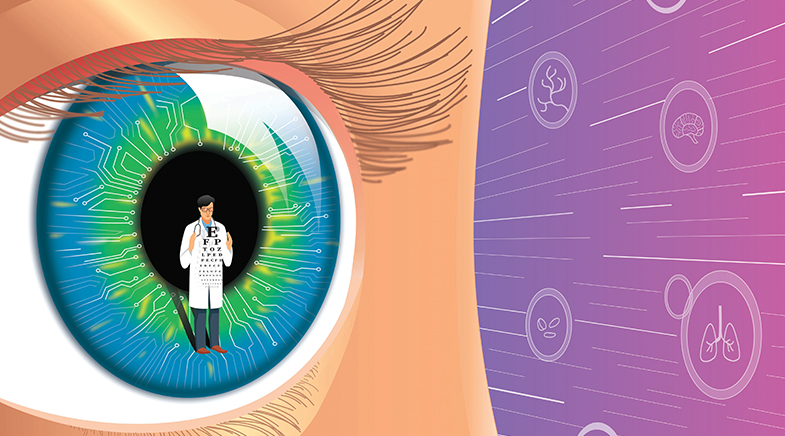Dark side of the moon: The Artemis story
-
- from Shaastra :: vol 01 issue 05 :: Sep - Oct 2022
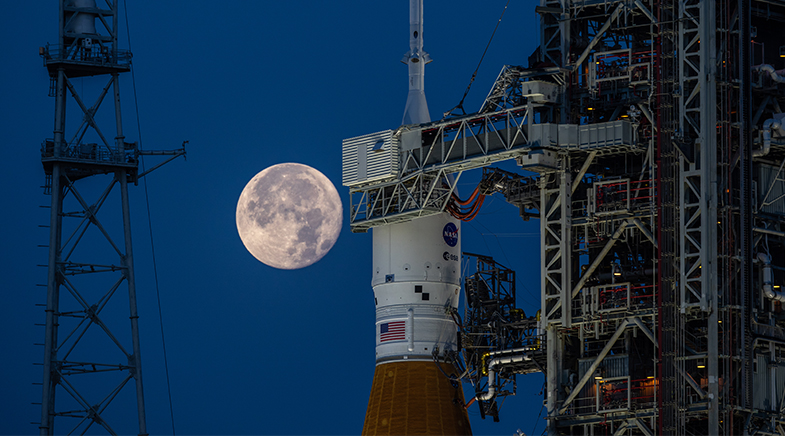
More than half a century after the first astronaut landed on the Moon, men and women are gearing up for a longer lunar stay.
In Salman Rushdie's novel Haroun and the Sea of Stories, a young boy travels to a forgotten moon of the Earth. He discovers the moon's mysteries, saves the good stories in the world and, on his return, removes the miseries of people back home.
The sublime beauty of the novel is in its magical realism. But the Moon emerging as a key to the future of life on Earth could easily be more real than ever, as the National Aeronautics and Space Administration (NASA) of the U.S. gets ready to take humankind back on a lunar journey as part of its Artemis mission.
Artemis's voyage into lunar destiny is bigger, better and costlier than that of Apollo 11 — the mission that changed human understanding of deep space, the course of space explorations, and put the first man on the Moon more than half a century ago. Fittingly, Artemis takes its name from the twin sister of Apollo, the Greek god.
The three-stage mission will see astronauts spending a week near the Moon's South Pole by 2025 — the farthest and the longest humans have ever travelled in space. It will bring people a step closer to moving freely and economically between the Earth and the Moon, experts say.
A test flight before the actual mission has thrice been postoned — but that is just another day in space exploration programmes — and is now scheduled for early October.
The Apollo missions took off when the Americans and the Soviets were locked in a Cold War race to the Moon. They led to meaningful findings. Rocks brought back from the Moon gave clearer clues to its origins: it might have been formed when a Mars-size object slammed into Earth 4.5 billion years ago. And the voyages confirmed water on the Moon.
However, the Apollo missions did not begin a heroic era of explorations of the cosmos as was expected in its heyday. The great Moon adventure lost its steam with time. But the Artemis mission, slated to cost around ₹7,412 crore, could bring that glory back.
GREAT LEAP UP
The year was 2015. Aswin Sekhar, a planetary scientist and Fellow of the Royal Astronomical Society and the International Astronomical Union, recalls being "pretty excited" when he saw a presentation on the Moon mission by NASA at a conference in the Netherlands.
Sekhar had heard about the goals of the mission when he was at the European Space Agency headquarters. "It was exciting stuff because this was something you don’t hear often."
The main goal of the mission, he points out, is to try and send more astronauts to the Moon, and to make them stay there for a longer time. "In 1969, Neil Armstrong and Edwin Aldrin just had a walk on the Moon and came back."
This mission, he adds, is not just about sending people to the Moon, but to see whether they can sustain themselves for a longer period in a different environment.
There’s more. The mission will help design more space exploration projects, such as the one to Mars. It will also explore the pros and cons of sending people for a longer stretch into space and celestial bodies.
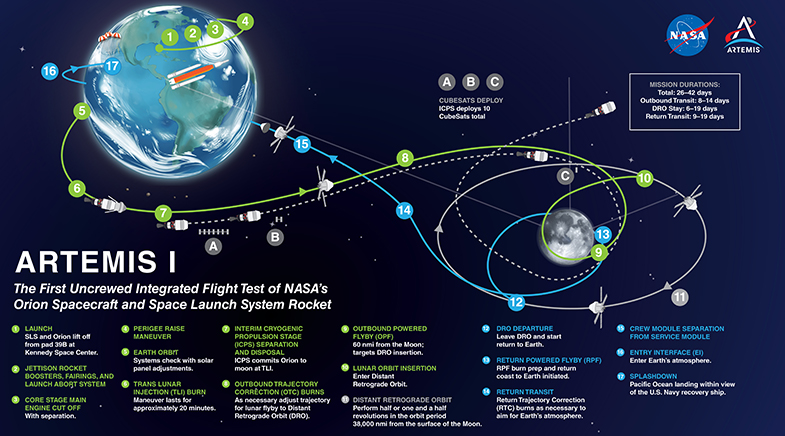
Artemis will deliver a powerful statement, too; it will see the first woman and the first person of colour walk on the Moon. This breaks a real glass wall in spacewalks. In matters ranging from staffing choices to infrastructure, space programmes have historically discriminated against people on the basis of their identity.Until the late 1970s, for instance, women were not allowed to go to space because astronaut suits were designed for men. NASA found itself in a soup in 2019 when flight engineer Christina Koch, who was part of an all-female spacewalk, had to be replaced because there were no spacesuits that would fit her.
GRAND AMBITIONS
Dr Markus Landgraf, on the Moon Team at the Directorate of Human and Robotic Exploration, European Space Agency, sums up the project's main highlights, which he thinks are historically important in the context of space technology.
Scientists will learn how the Moon and Earth formed and extract and find new resources. The first two of the three Artemis missions will focus on this. But, eventually, the programme seeks to build a lunar base camp and an outpost spacecraft called Gateway stationed in lunar orbit. This will serve as an infrastructure that will allow further advancing into the Solar System – "to Mars, asteroids, Jupiter's moons, the icy fields on the edge, and on to interstellar space," Landgraf says.
Artemis I, the first of the three missions, will be launched into space by one of the most powerful and expensive rockets ever developed.
Understanding the Moon has also become crucial in view of its water content. It is already known that there is water in the Moon's South Pole region. "What we do not know is whether it is usable," he says. "Also, if we use it, it will have to generate enough benefit, that is, we need industrial extraction, not small research projects."
Water on the Moon is an important issue because it links to another crucial question about the Moon: will human beings go on to cultivate and work in other planets?
"Difficult to predict," Landgraf says. "Alternatively, we remain on Earth accepting more and more restrictions and constraints until the end of all hope. We can choose this latter path, but it is our choice."
ENGINEERING MARVEL
In an era where personal and industrial computing is taken for granted, experts believe the Artemis mission is an engineering marvel.
Artemis I, the first of the three missions, will be launched into space by one of the most powerful and expensive rockets ever developed. The Space Launch System or SLS is reportedly 322 feet tall and weighs almost 27 lakh kg. It can send a payload of almost 27,215 kg to the Moon and costs an estimated ₹2,000 crore.
"The amount of fuel in this particular rocket is of the order of an Olympic-size swimming pool," Sekhar adds.
Artemis I will be uncrewed. But it will include three human-like dummies, which will travel in a spacecraft called Orion, another first-of-its-kind capsule being developed. Orion will travel a maximum distance of about 450,600 km from Earth — far beyond the distance travelled by any spacecraft designed for a crewed mission.
The mannequins sent in along with the spacecraft are designed to understand how the flight movement and radiations affect human cells. They are named Helga, Zohar and Commander Moonikin Campos. Helga and Zohar will also carry plastic models of radiation-sensitive organs such as the lungs and the uterus. Sensors on them will measure the radiation of different particles from the Moon and the Sun on the models, assess if they are dangerous, and if they are, just how dangerous.
One of the trip's main objectives is also to test the capsule's heat shield — which at five metres in diameter is the largest ever built. When the ship re-enters the atmosphere at a supersonic speed, it is expected to withstand temperatures of roughly 2,760° Celsius, something that cannot be tested back on Earth except in computer simulations.
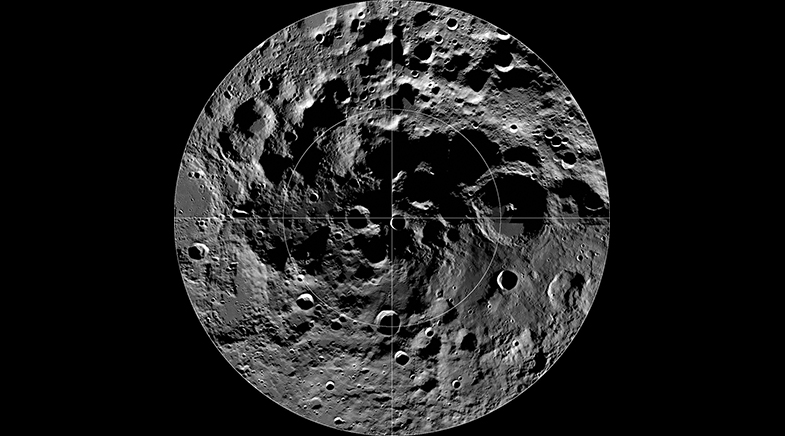
Artemis II, planned for 2024, will carry four astronauts to the far side of the moon, the farthest astronauts have ever gone, and bring them back. In Artemis III, expected in 2025, Orion would wait in lunar orbit as a SpaceX Starship lands astronauts near the moon's South Pole, filled with dark craters that have not seen sunlight in billions of years.
Artemis II, planned for 2024, will carry four astronauts to the far side of the moon, the farthest astronauts have ever gone, and bring them back.
"This (the findings from the Moon's South Pole) will actually tell us how feasible or sustainable it will be to colonise different celestial bodies," Sekhar says. "Is it going to be a myth or sci-fi thing, or can we really live there for months or years?"
Focusing on exposure will also help researchers understand the effect of radiation on crops, seeds and so on, he adds. These are "stepping stones" to potential crop cultivation on the Moon and the Mars, he says.
The new machines to be used for the missions use more advanced propellants — Sekhar states that the spacecraft is "energy-efficient and financially efficient" and can, perhaps, be reused.
The missions will also use for the first time an advanced suit for astronauts. Earlier, they had to depressurise their suits while eating. With these advanced spacesuits, they can eat even while wearing their suits, he adds.
PLACE IN SPACE
Recent years have seen a spate of new developments in space research and activity.
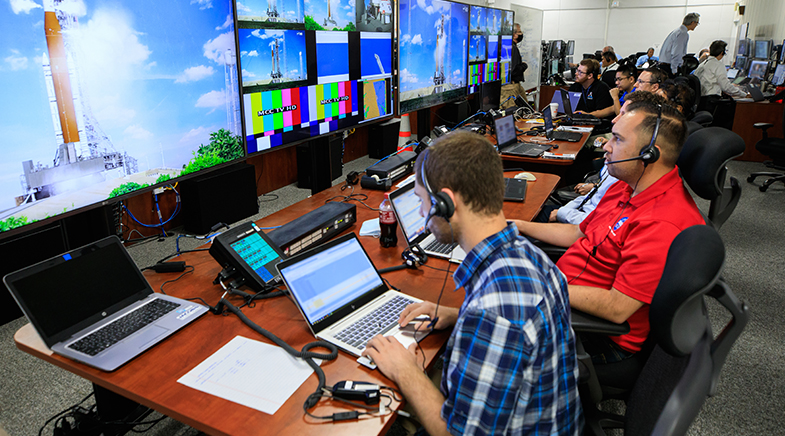
"We are living easily in the most exciting times when it comes to space exploration," Landgraf stresses.
In April 2019, an image of a black hole was seen for the first time. An interstellar comet and interstellar asteroid were discovered in the past few years. The discovery of gravitational waves was another breakthrough. Missions have been surveying, predicting and tracking killer asteroid. Then, earlier this year, the James Webb Space Telescope advanced astronomy by leaps, and replaced the vaunted Hubble, which had served as humanity's most powerful tool to observe space for more than 30 years.
"Apollo was for sure exciting, but it had a limited time window. Today, we are truly at the point in time at which humanity becomes multi-planetary," Landgraf says.
What does all this lead to, though? "All this research, in multiple directions, from a holistic point of view, will help us to show our own place in space," Sekhar holds.
The mission has other takeaways, too. It's been a "stunning journey" from the time early man played with stones to where humankind stands today, he says. "But at the same time, there is also the other side of the story."
The explorations may one day lead to the discovery of some other intelligent species. "That might actually put us in our place, because you never know how advanced that species can be," he says.
There is much to brag about, Sekhar believes. "But, on the other side, we might also become humble and modest."
Have a
story idea?
Tell us.
Do you have a recent research paper or an idea for a science/technology-themed article that you'd like to tell us about?
GET IN TOUCH
